Architect: Unknown
Purpose: Residential lodgings
• Built within the boundaries of the railway station facilities for accommodation purposes.
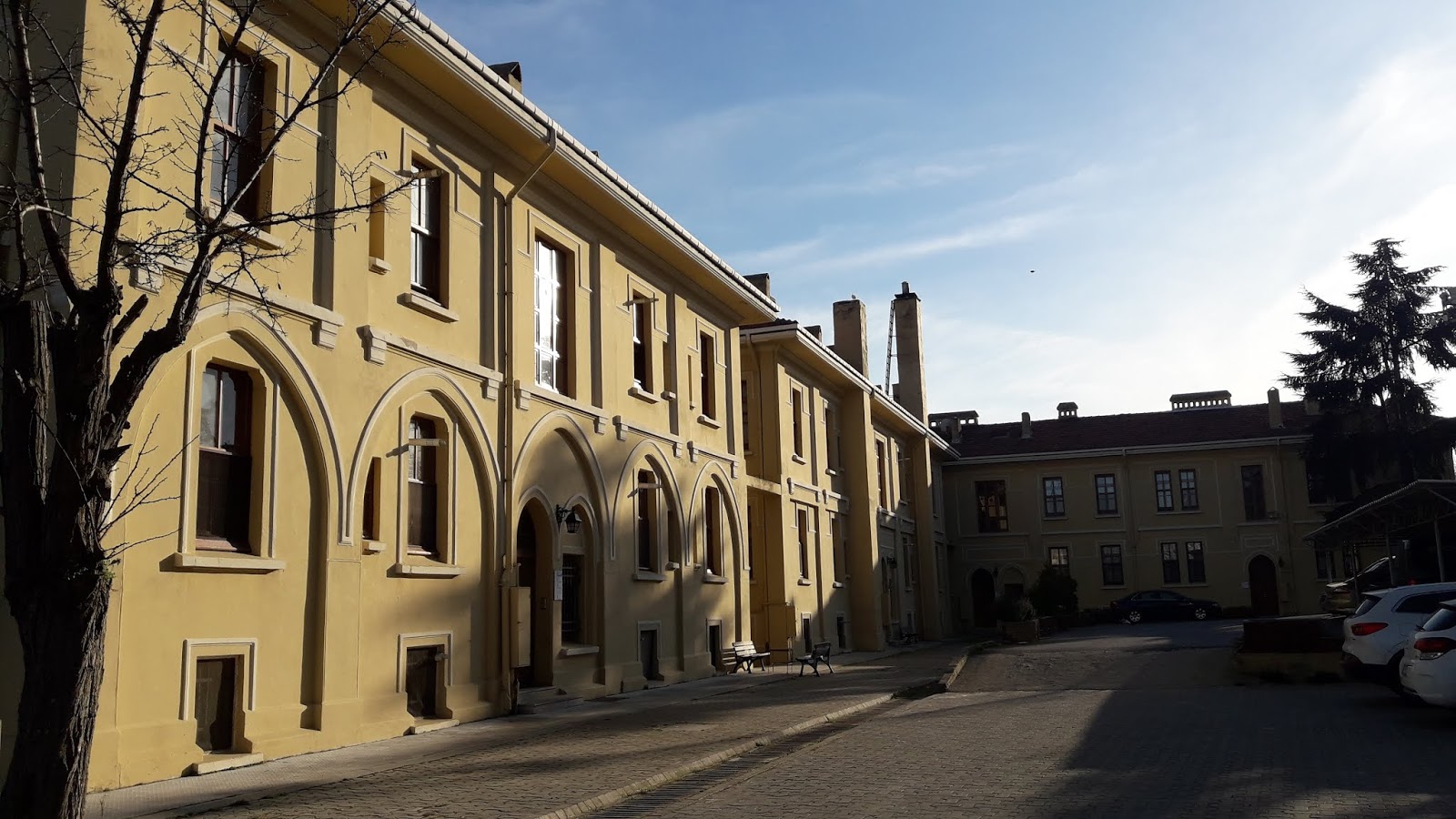
Architect: Giovanni Battista Barborini (possibly)
Structure: A two-story wooden building
• Until 1939, it existed together with Haydarpaşa Railway Station.
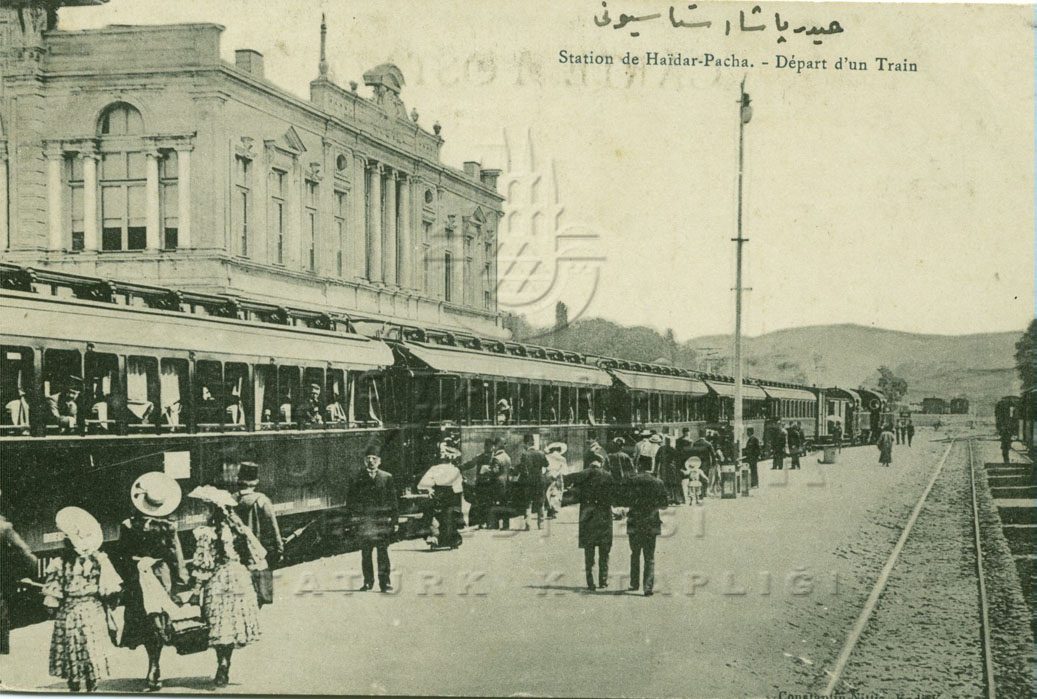
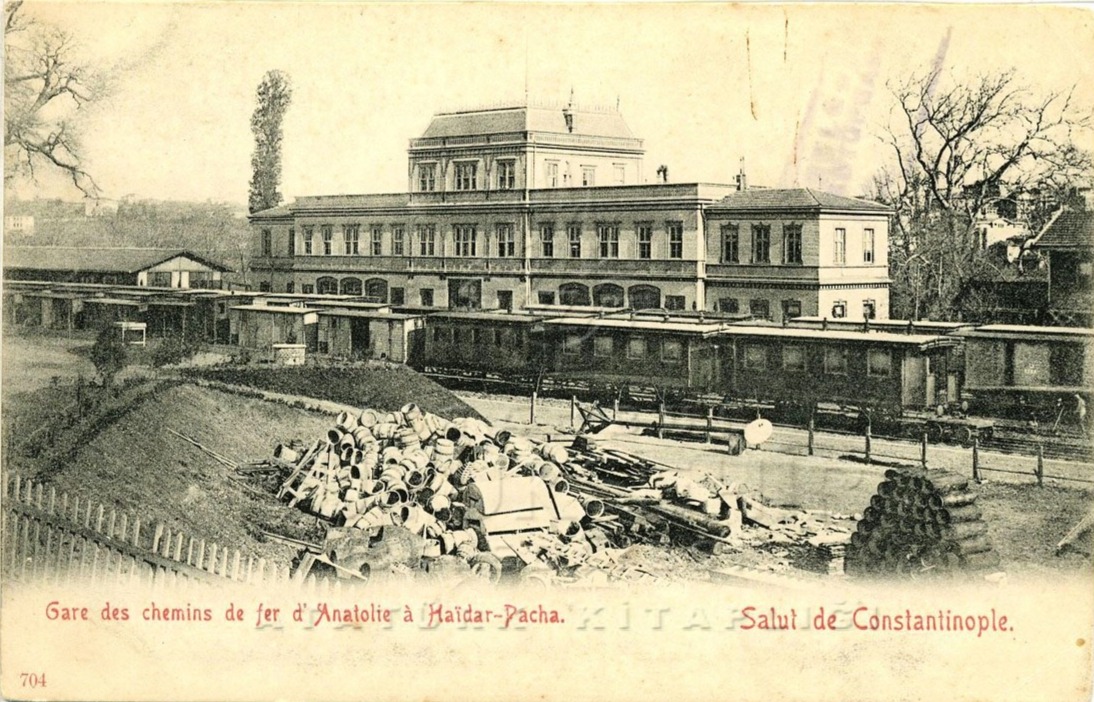
• The renovated version with the addition of a third floor and a modified façade layout.
Architect: Unknown
Structure: Two-storey
• It consists of two independent sections: a two-storey hangar that generates electricity and an office.
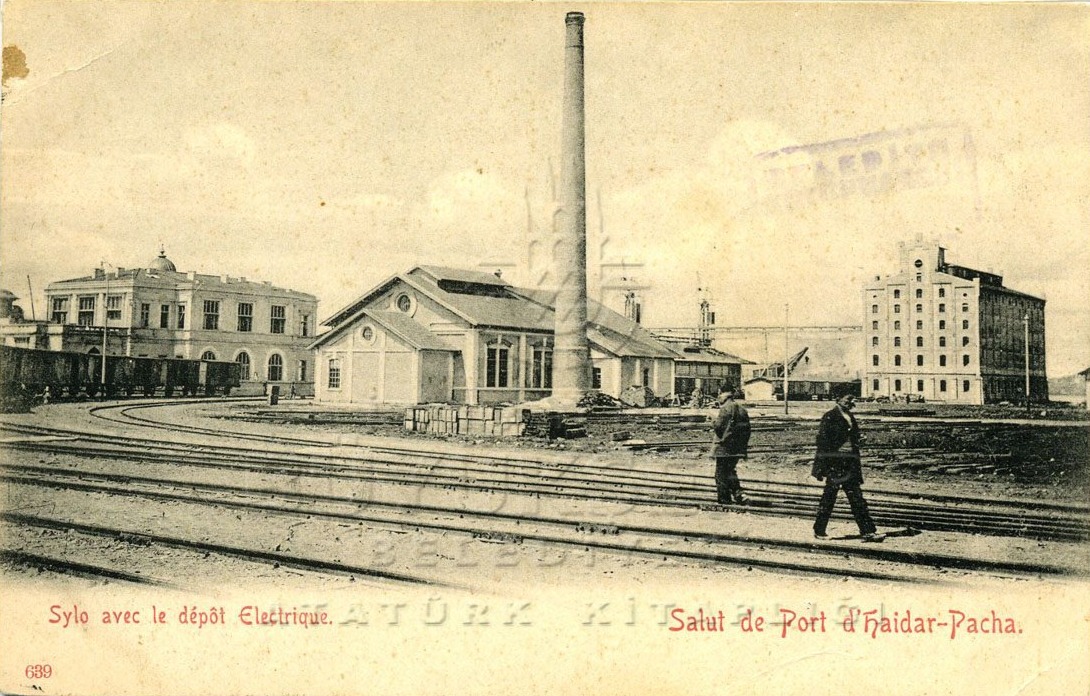
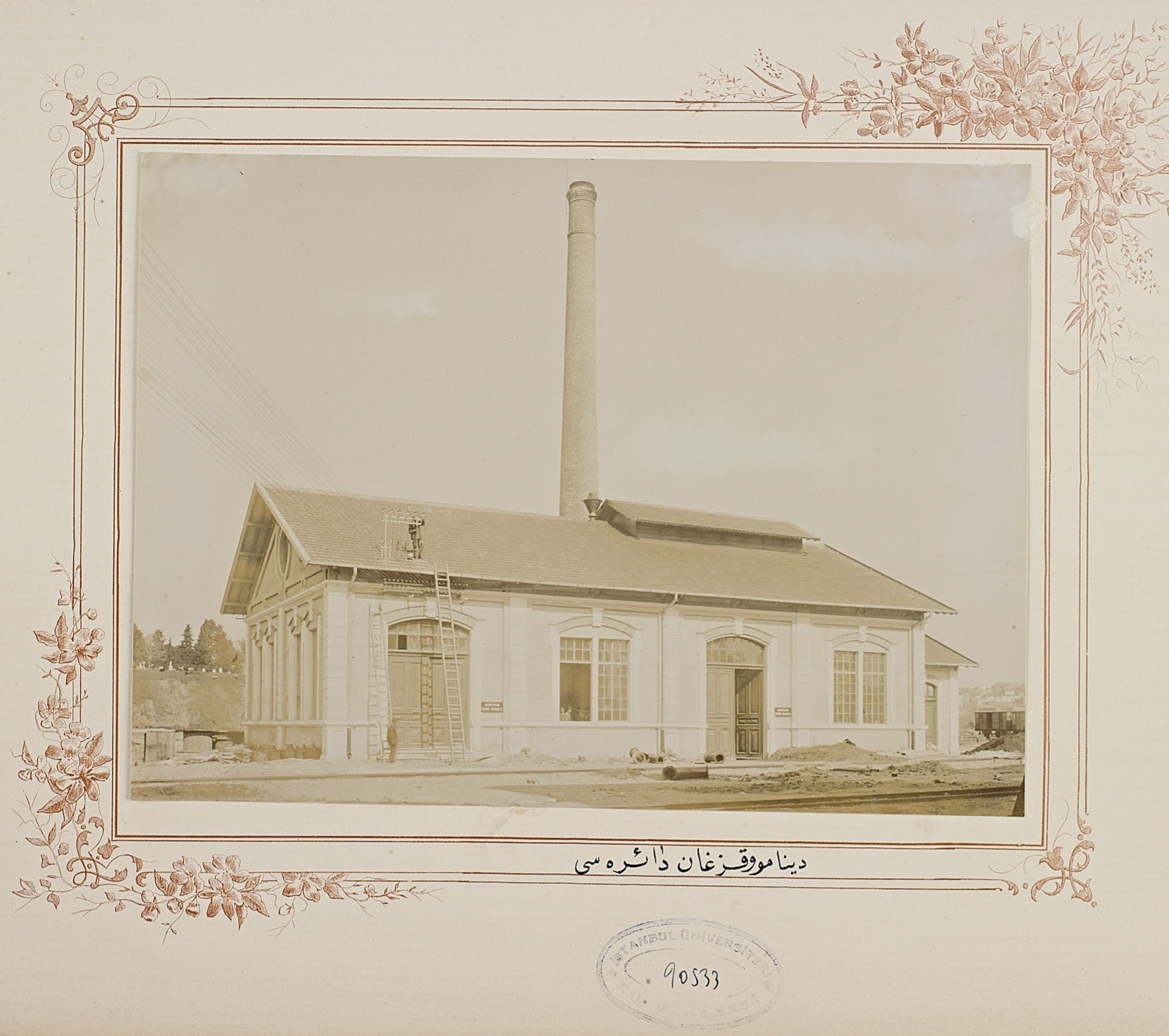
Architect: Unknown
• In the years before reinforced concrete was widely used, it was built using this technique. It was used as a grain silo.
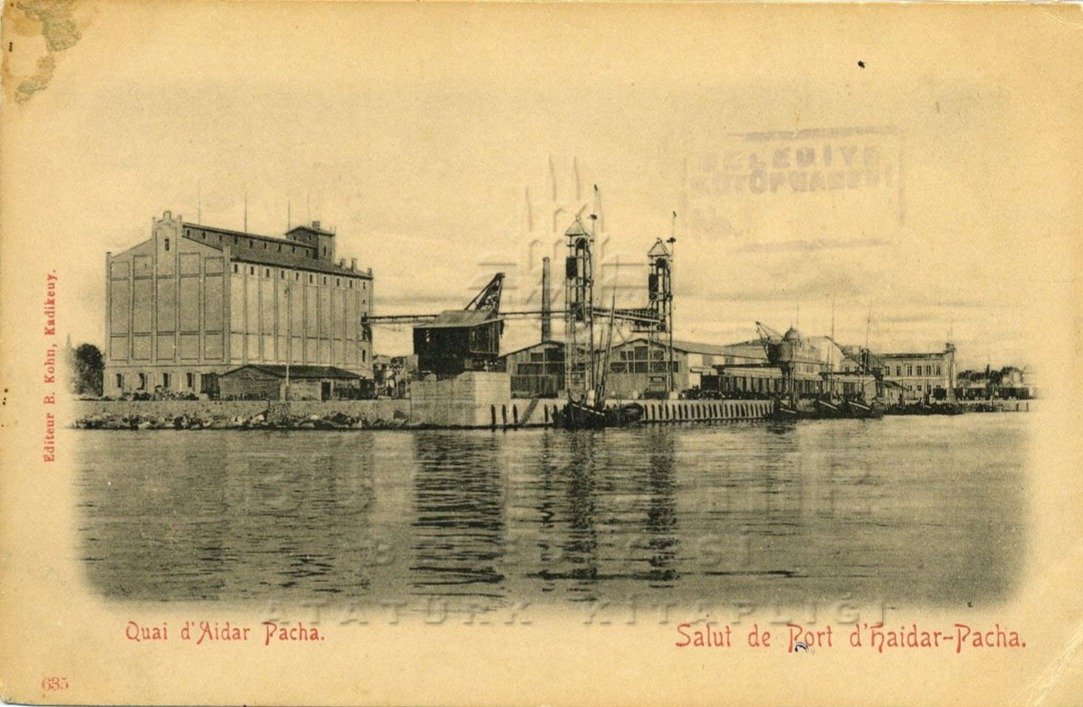
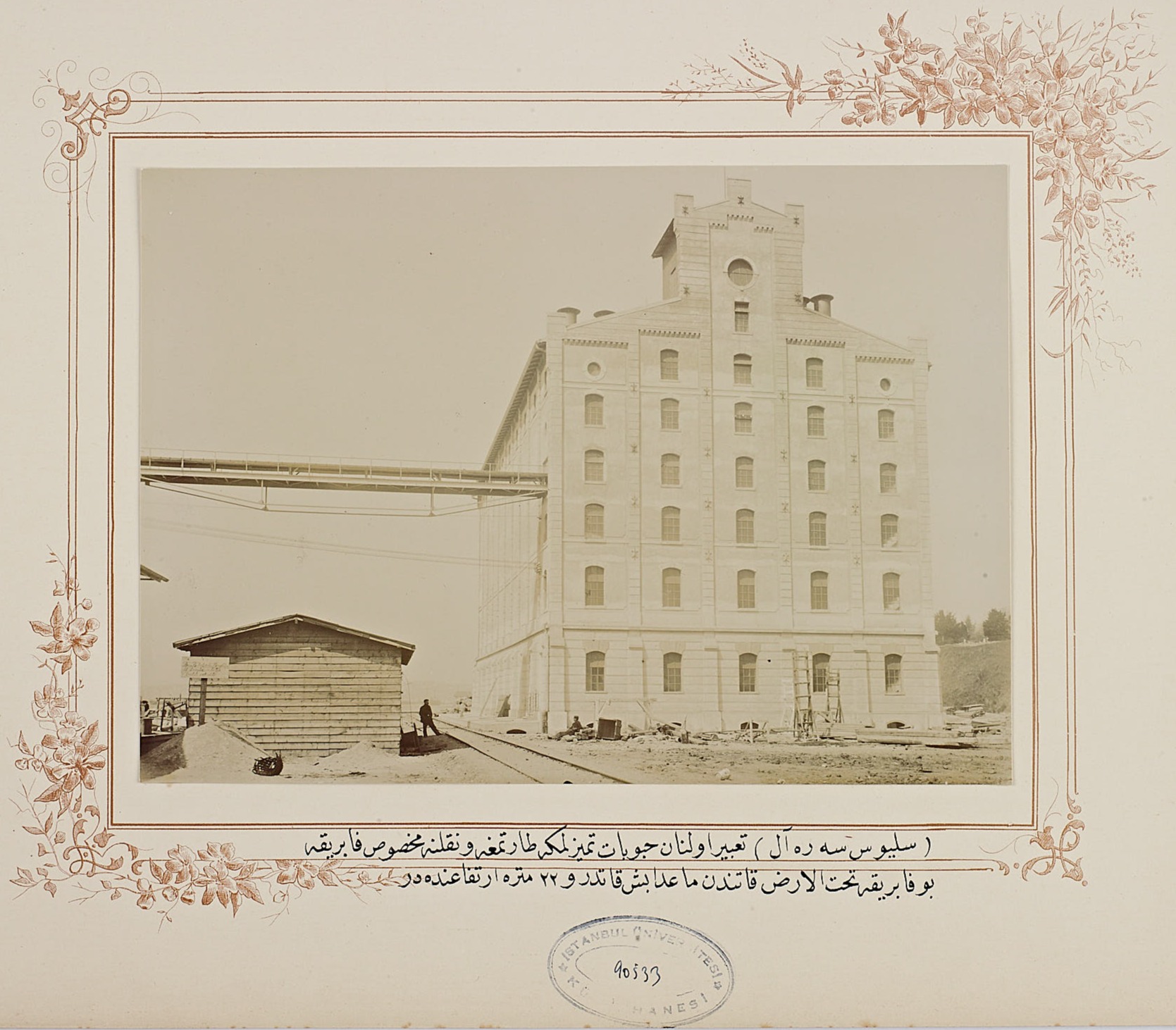
Architect: Emile Faracci (possibly)
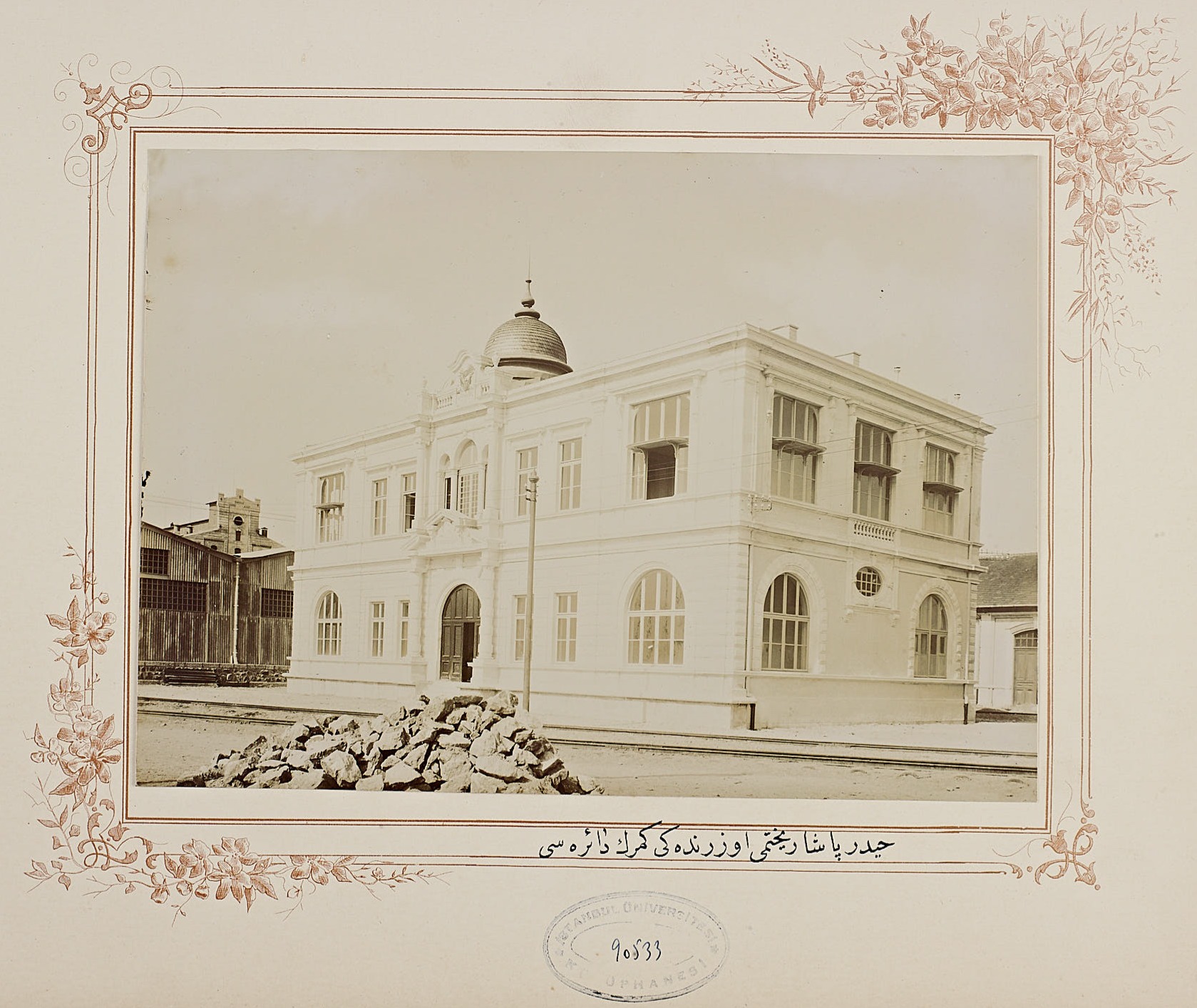
Architect: Emile Faracci (possibly)
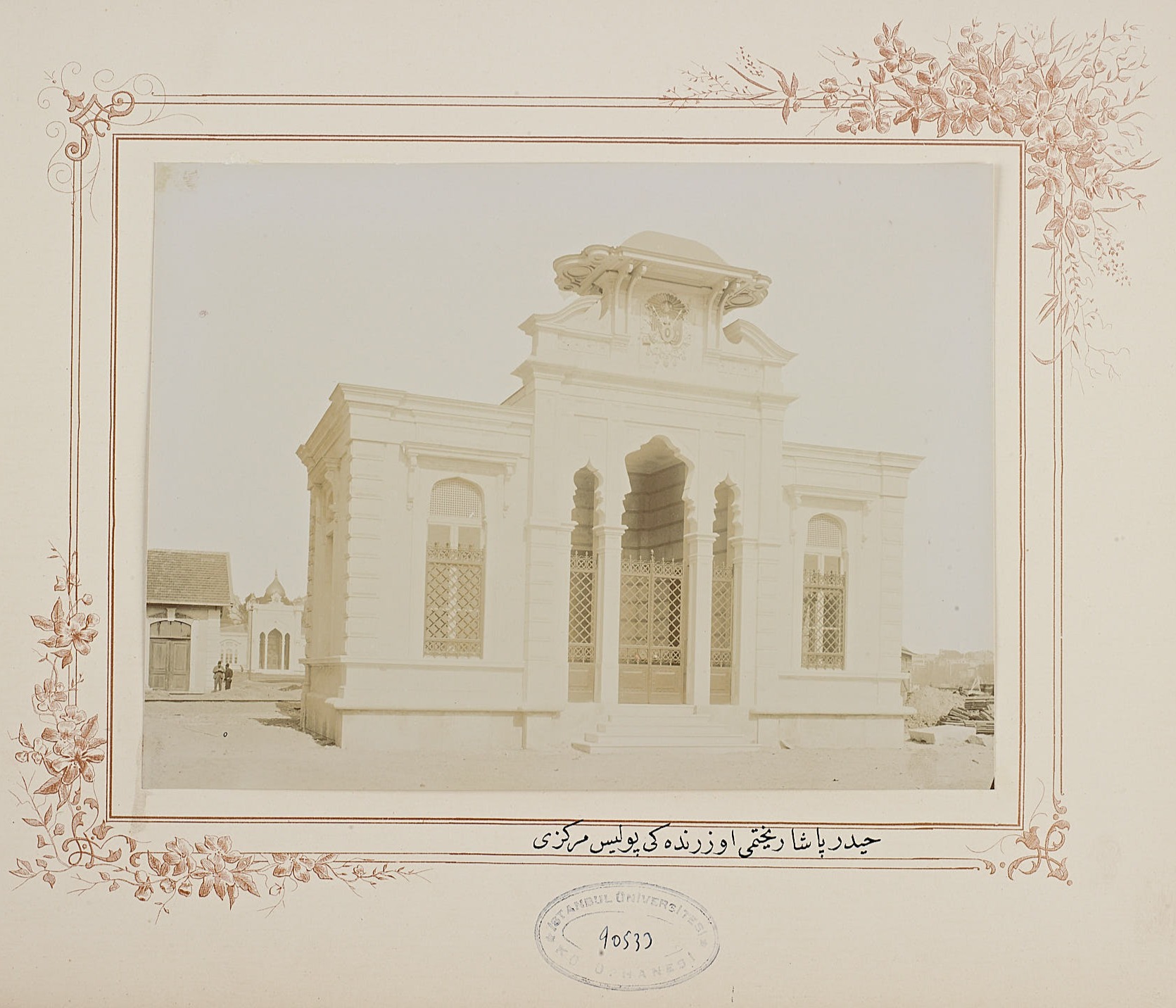
Architect: Unknown
In the years before reinforced concrete was widely used, it was built using this technique. It was used as a grain silo.
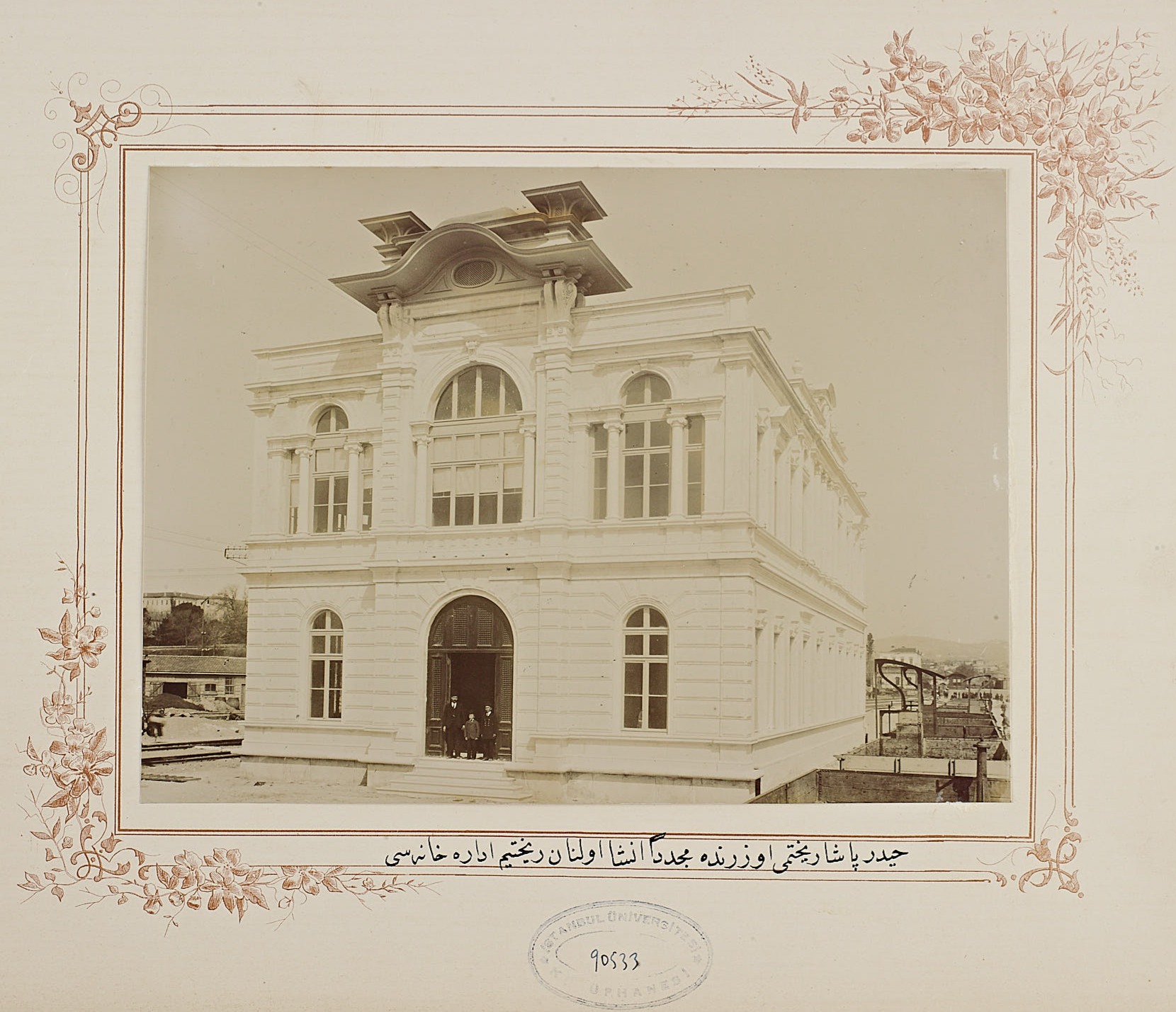
Architect: Architect Kemalettin
Structure: Masonry Building
• The term 'Muhacir' refers to individuals who migrated to Turkey, either as part of population exchanges or unidirectional migration, from Balkan countries such as Greece, Bulgaria, Albania, and Yugoslavia.
• It represents the First National Architectural Movement of Turkey.
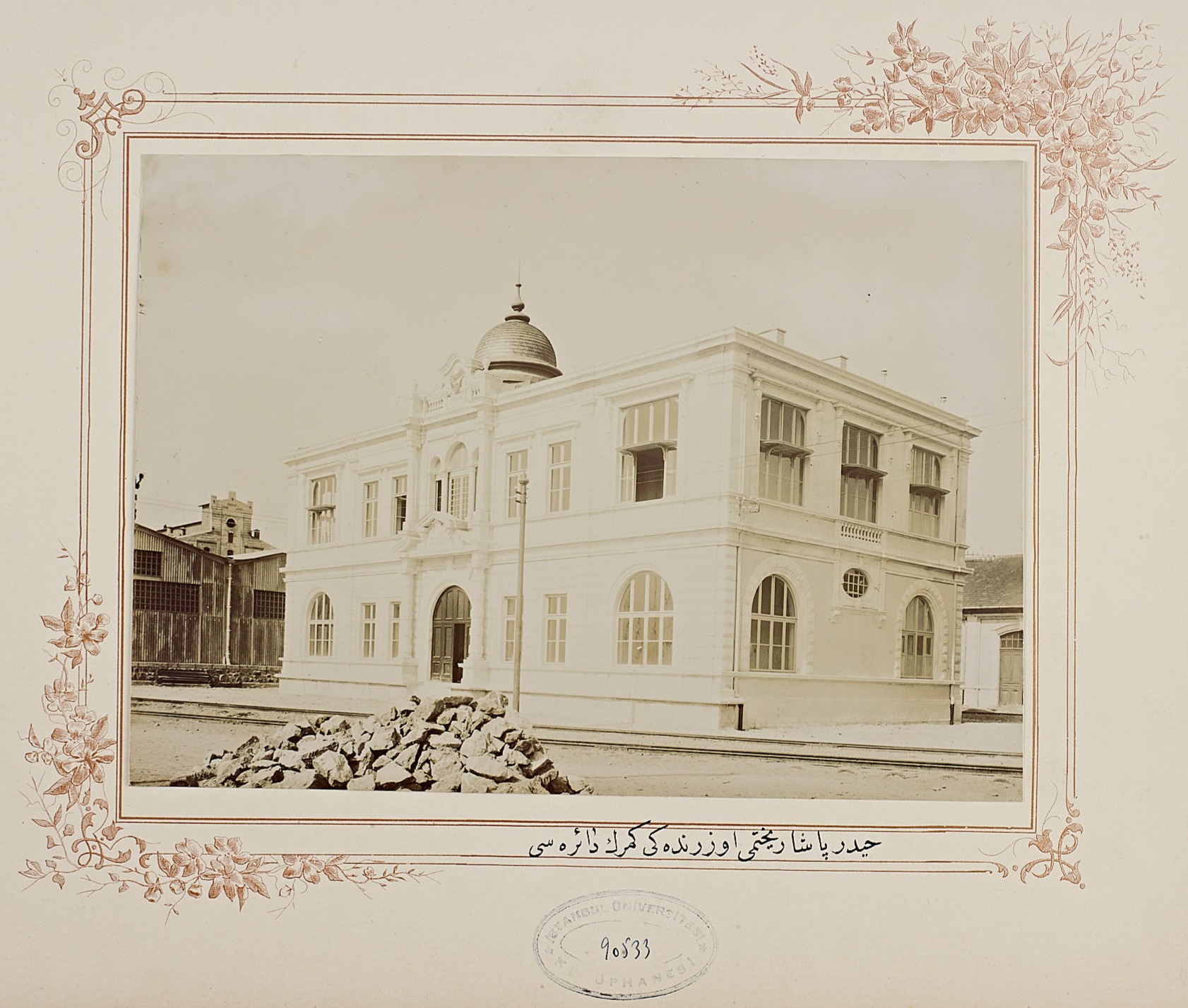
Architect: Emile Faracci
• Railway tracks were used in the roof supports of the structure.
• Most of it has survived to the present day.
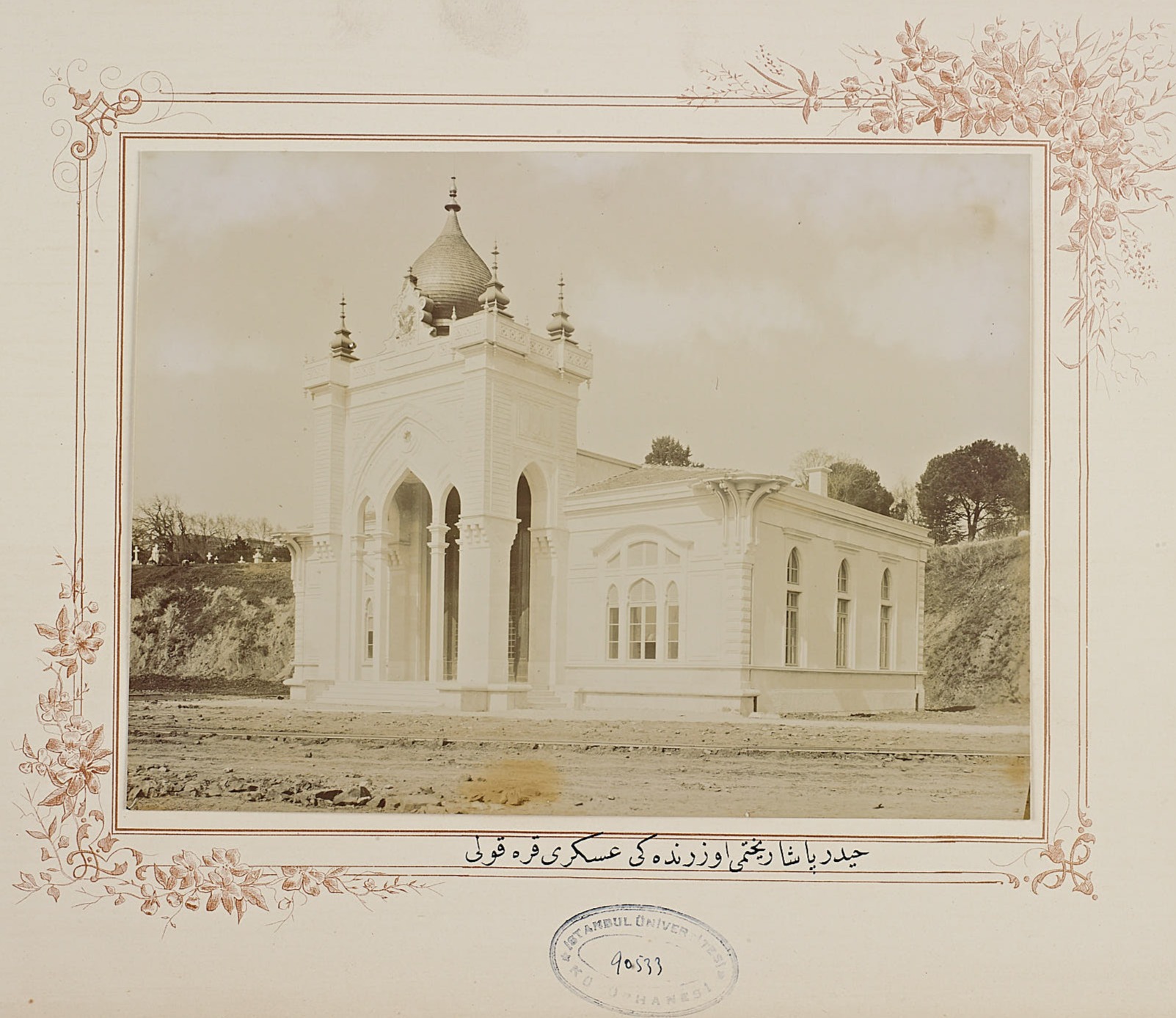
• Railway tracks were used in the roof supports of the structure.
• Most of it has survived to the present day.
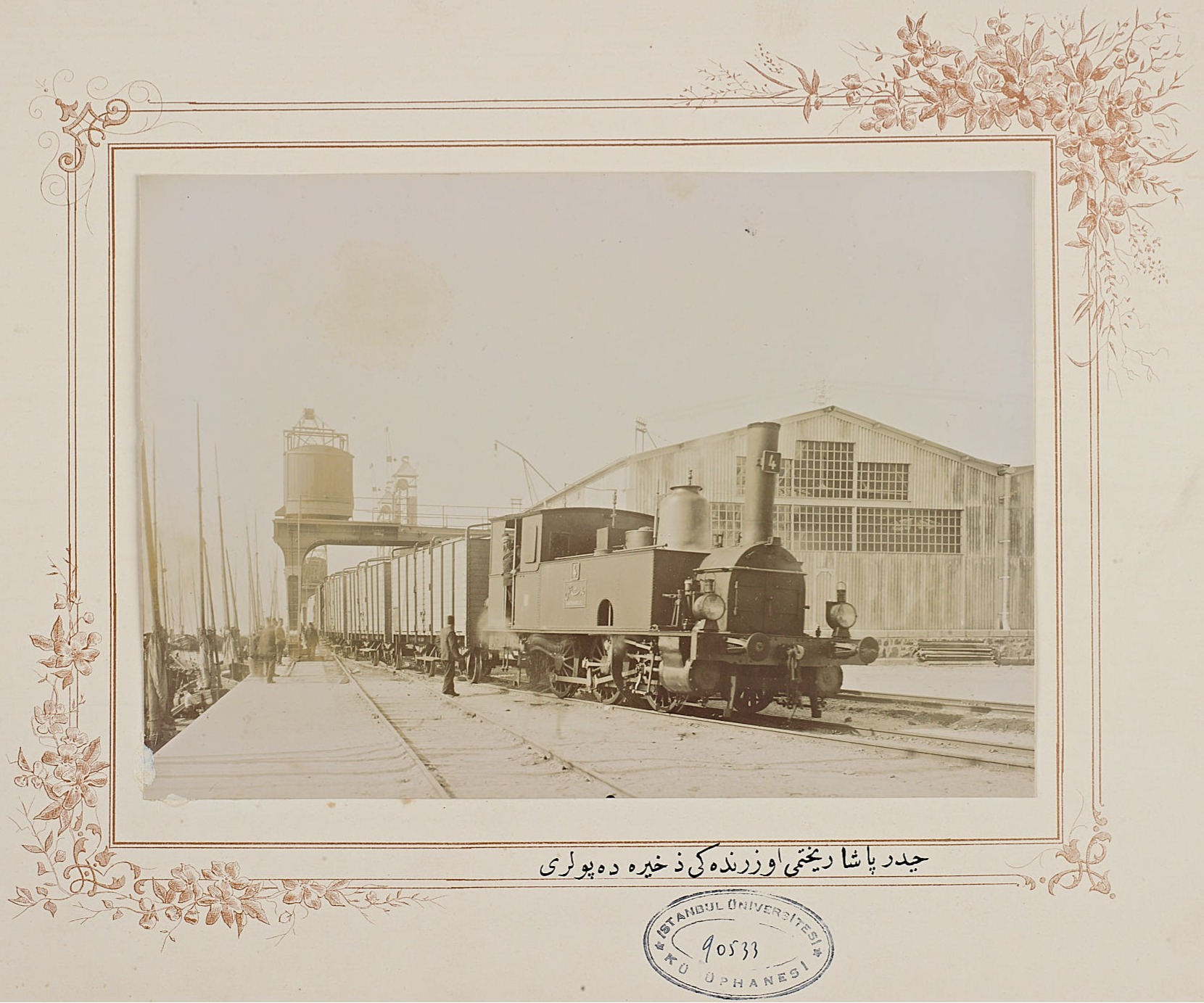
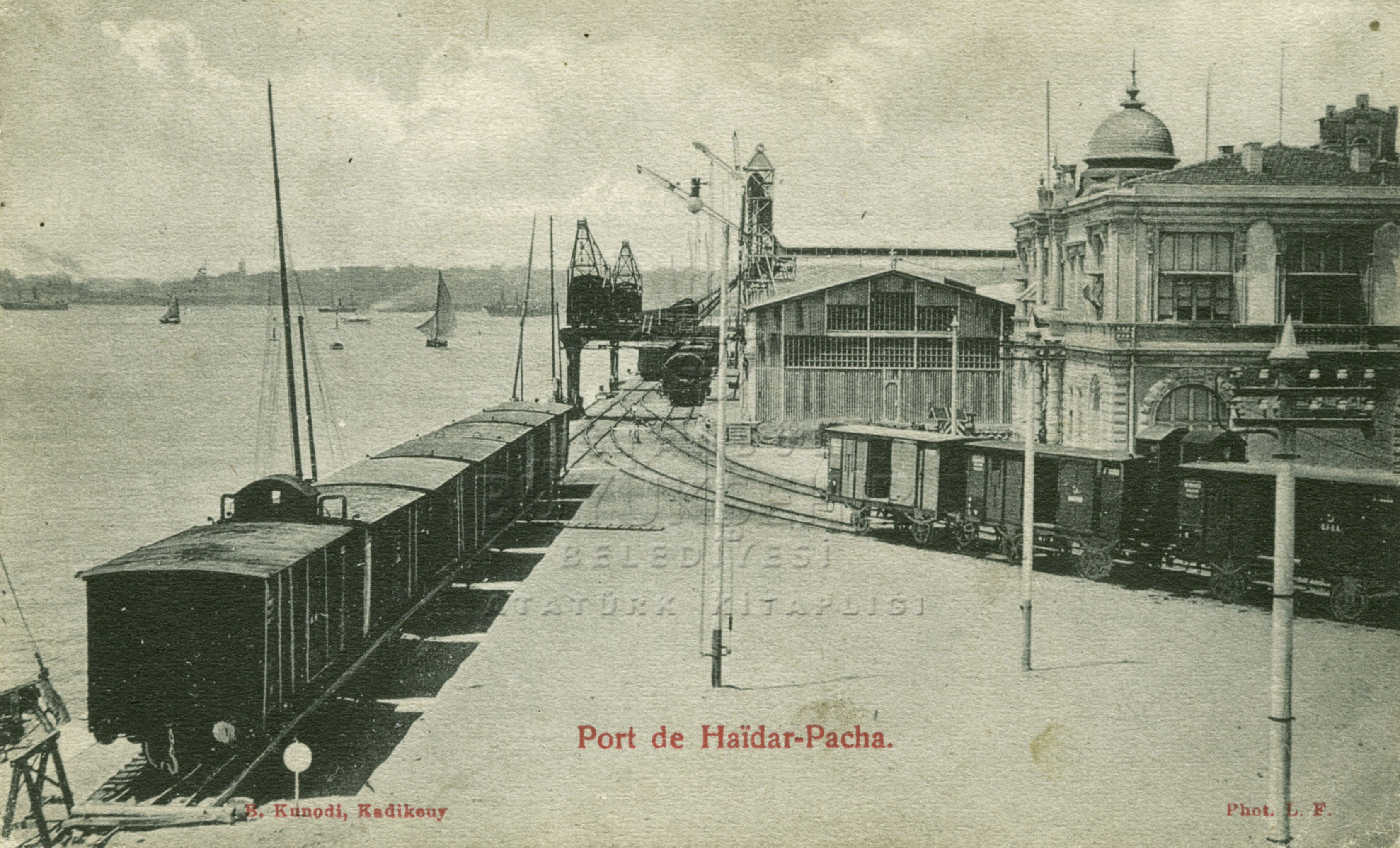
Architect: Unknown
• The fourth silo built as part of the port expansion in 1960.
• Modern concrete construction technique was used for increased storage capacity.

Architect: Otto Ritter ve Helmuth Cuno
Structure: Masonry and Stone Building
• Designed in Neo-Renaissance style, it's one of the iconic landmarks of Istanbul, historically serving as a gateway connecting Istanbul with Anatolia.
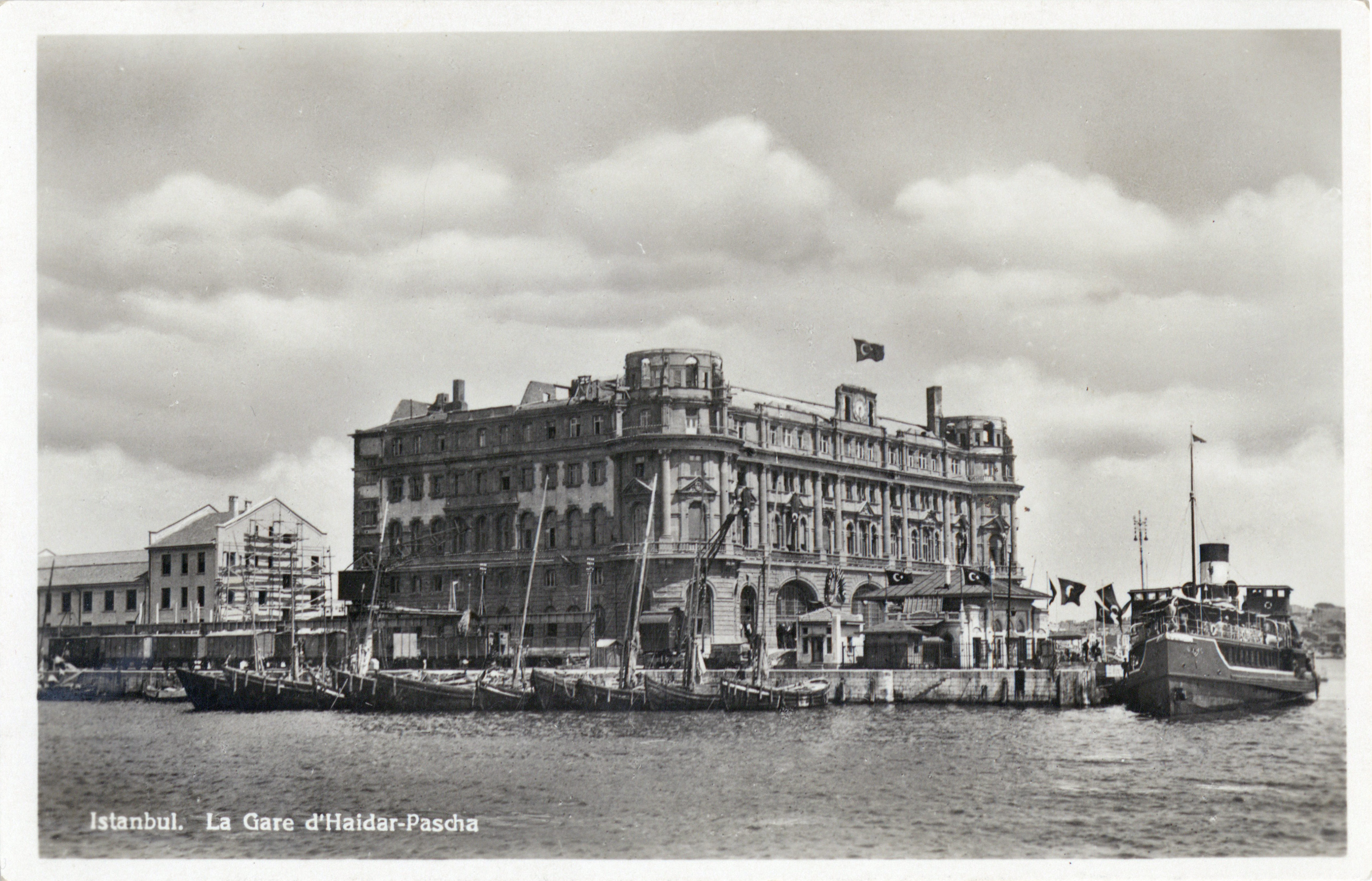
• The third of four adjacent silos, constructed in 1907.
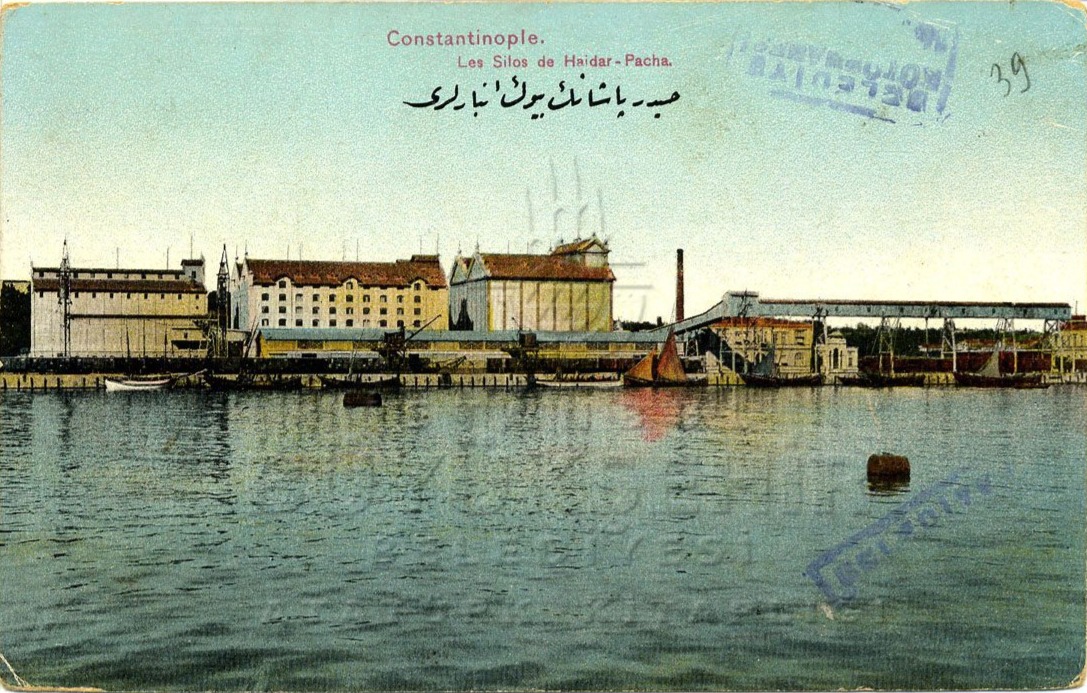
Architect: Emile Faracci (possibly)
Damage Status: Completely destroyed in 1917 explosion.
• During World War I, the station and port area became a crucial center for weapons and supplies.
On September 6, 1917, ammunition loaded onto freight trains was hit by gunfire, causing a massive explosion.• It suffered significant damage in the explosion and was subsequently demolished, not surviving to the present day.
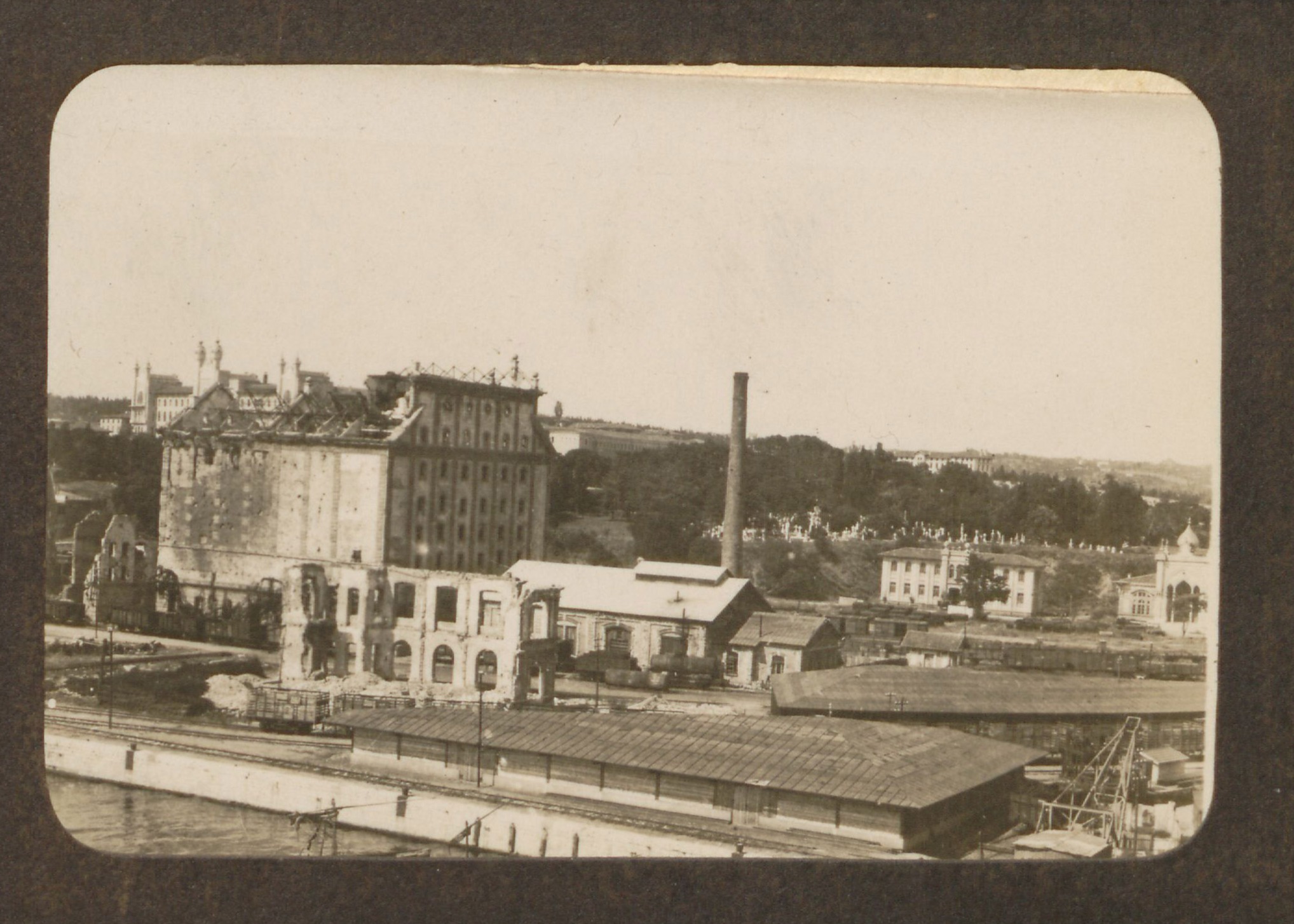
Architect: Emile Faracci (possibly)
Damage Status: Heavily damaged in the 1917 explosion
• During World War I, the station and port area became a crucial center for weapons and supplies. On September 6, 1917, ammunition loaded onto freight trains was hit by gunfire, causing a massive explosion.
• It suffered significant damage in the explosion and was subsequently demolished, not surviving to the present day.
Architect: Unknown
Damage Status: Damaged in the 1917 explosion
p>• During World War I, the station and port area became a crucial center for weapons and supplies. On September 6, 1917, ammunition loaded onto freight trains was hit by gunfire, causing a massive explosion.
• It suffered significant damage in the explosion and was subsequently demolished, not surviving to the present day. Today, a new building has been constructed in its place.
Damage Status: Damaged in the 1917 explosion
• The Silo structures suffered moderate damage during the 1917 explosion.
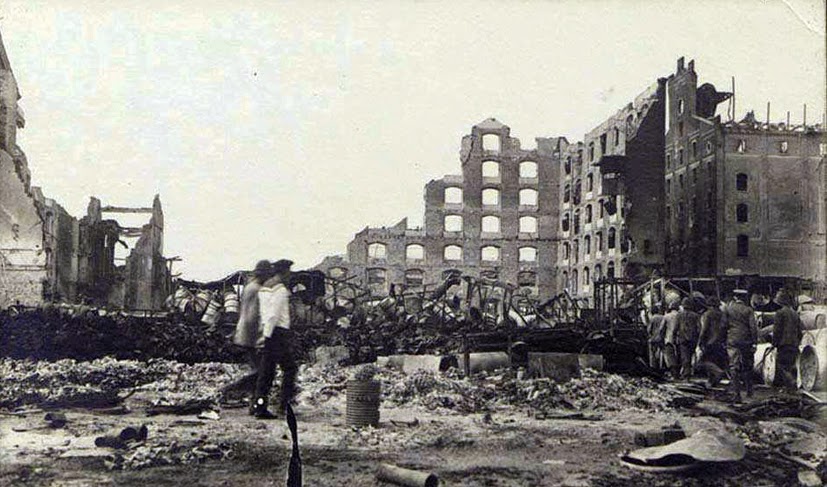
Damage Status: Damaged in the 1917 explosion
• The Silo structures suffered moderate damage during the 1917 explosion.
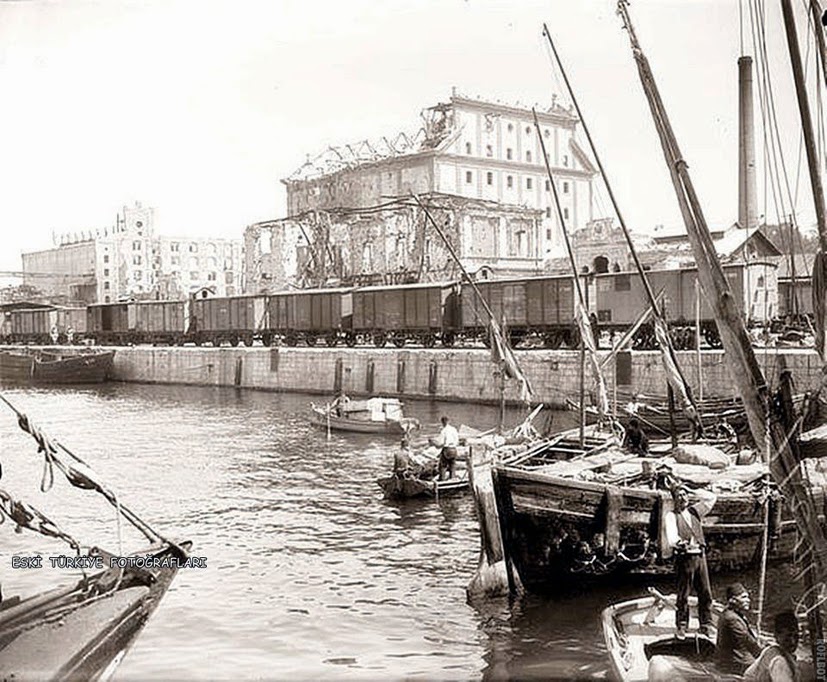
Damage Status: Damaged in the 1917 explosion
• The Silo structures suffered moderate damage during the 1917 explosion.
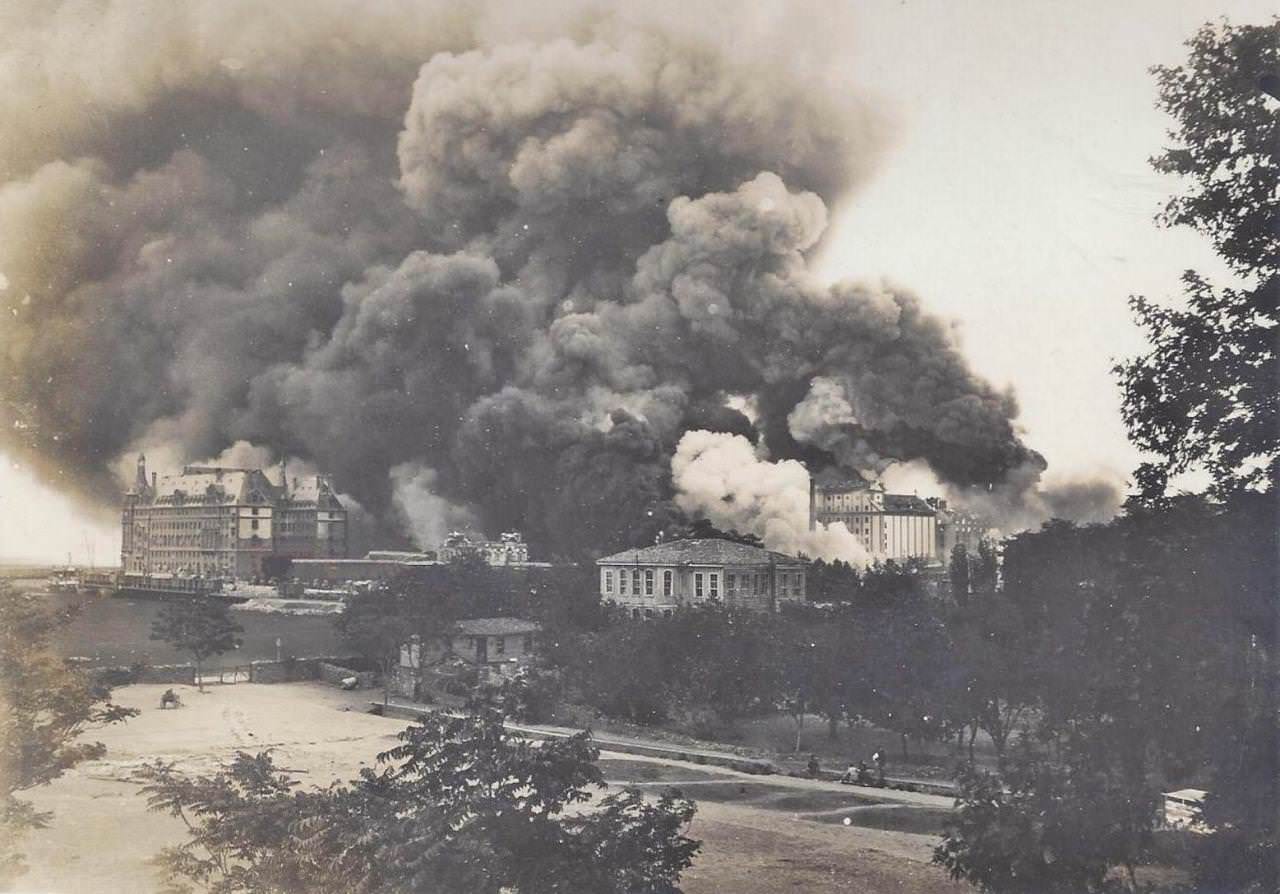
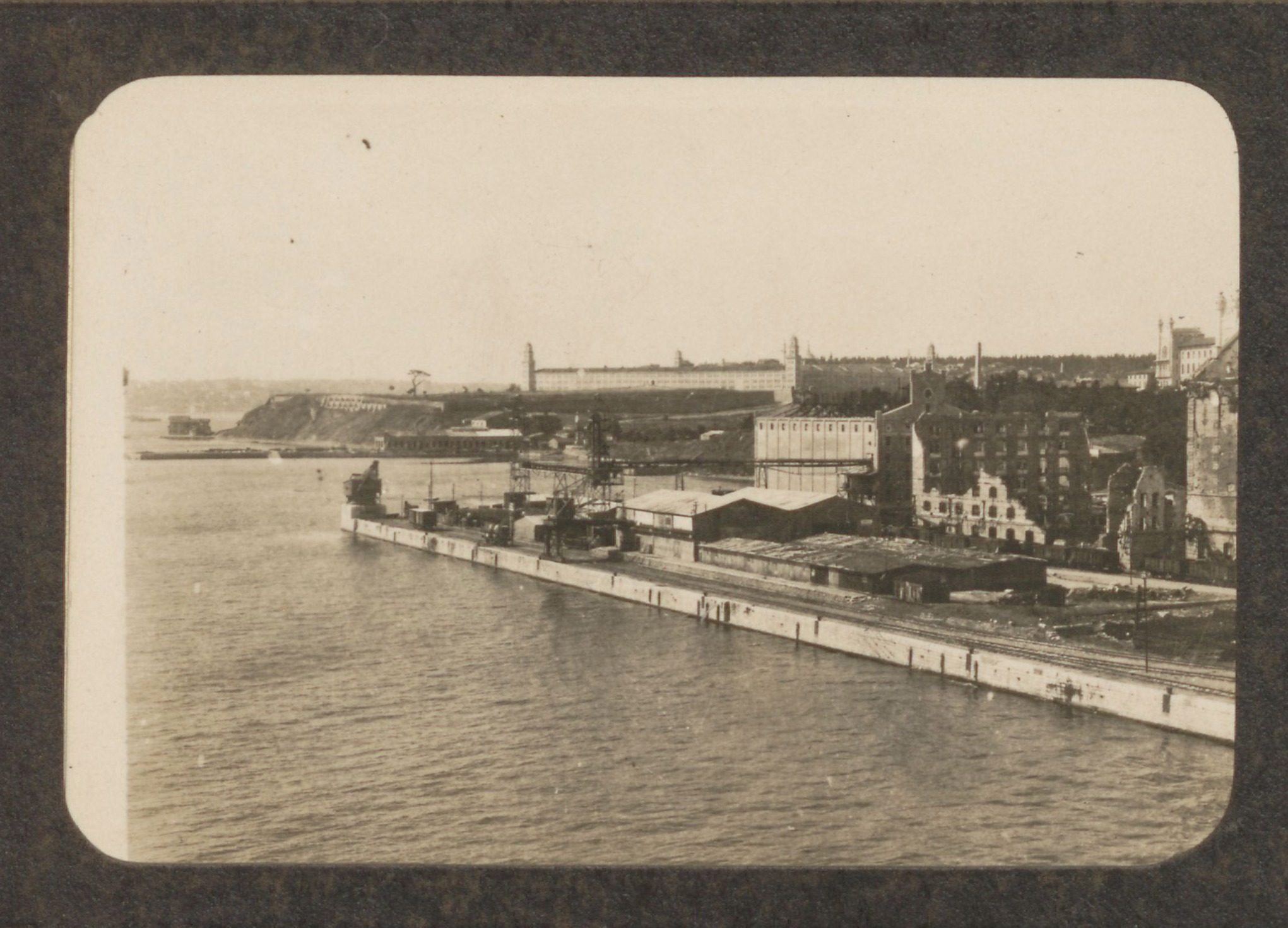
Type: Ancient Khalkedon
• Archaeological excavations revealed important remains from ancient Khalkedon, the ancient name of Kadıköy.
Key Discoveries:
• A special residential building and bath complex
• Part of Saint Bassa Church
• Mass grave and Hellenistic period platform
• Amphoras, oil lamps, and various daily life artifacts
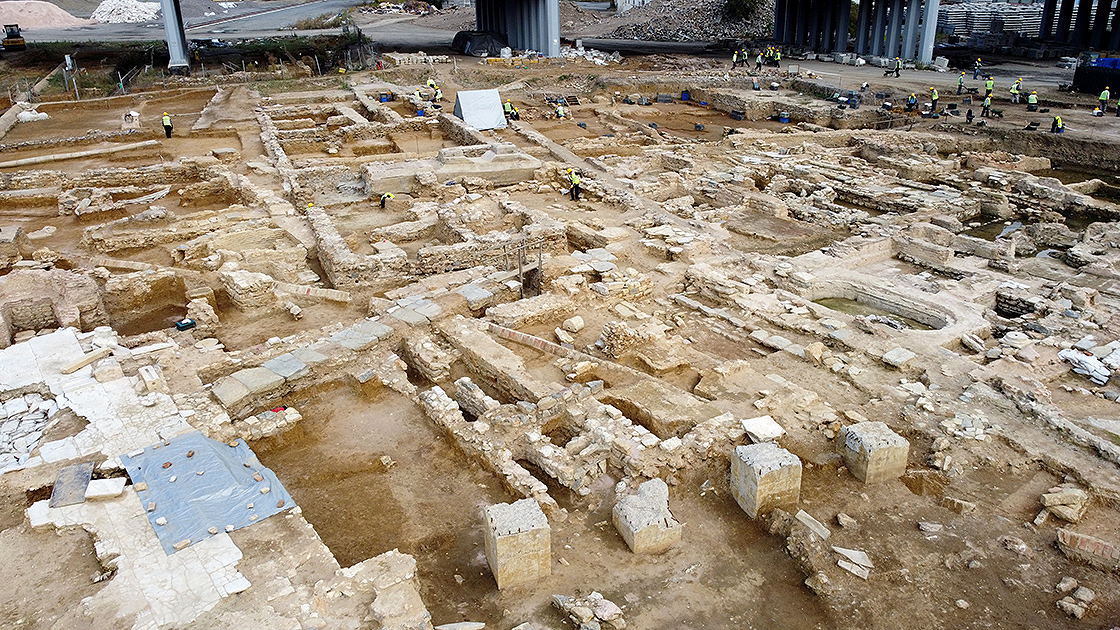
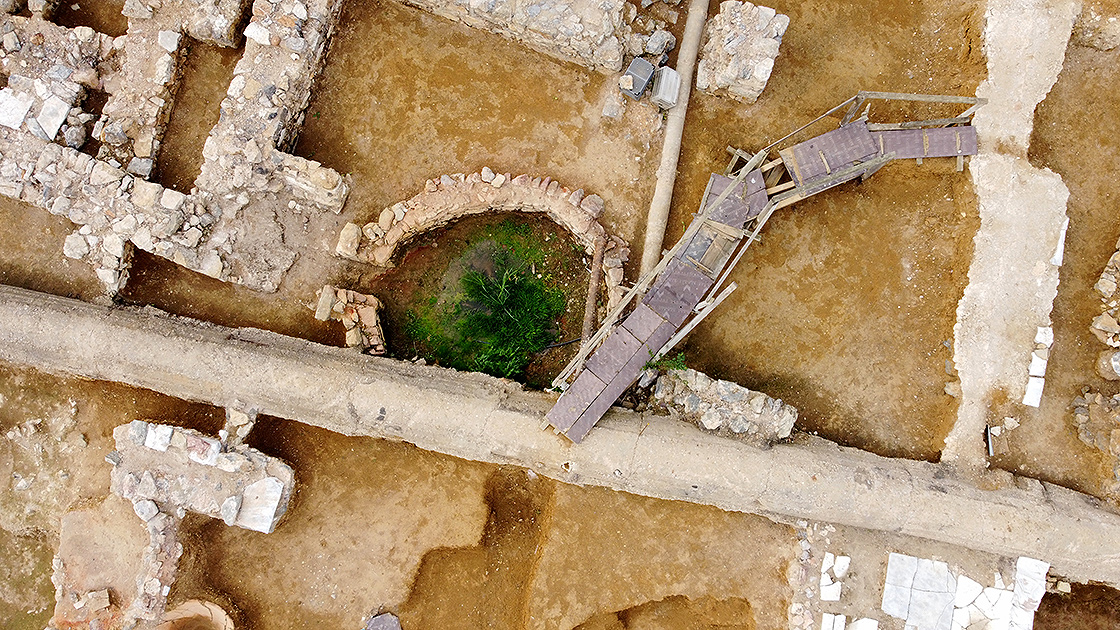
Architect: Otto Ritter ve Helmuth Cuno
Damage Status: Damaged in the 1917 explosion
• During World War I, the station and port area became a crucial center for weapons and supplies. On September 6, 1917, ammunition loaded onto freight trains was hit by gunfire, causing a massive explosion.
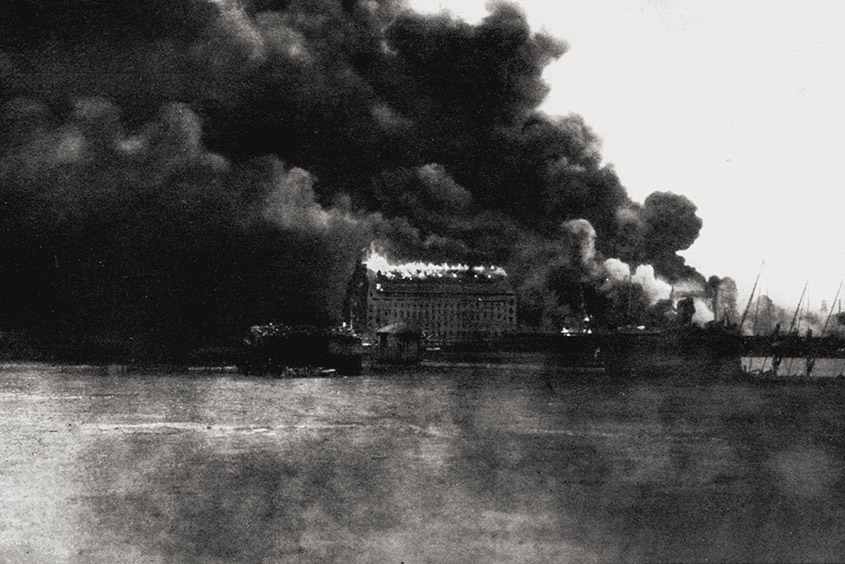
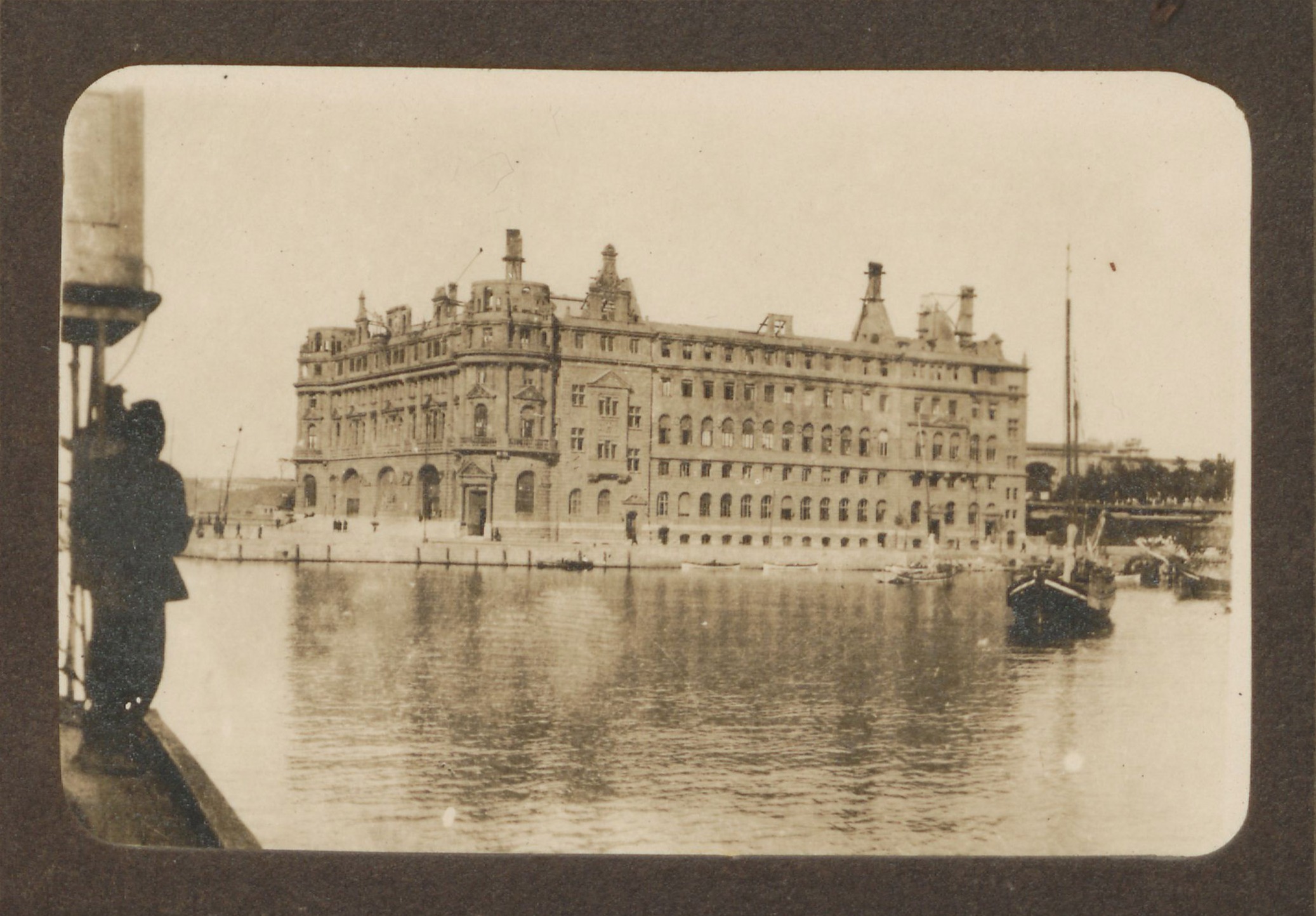
Source: SALT Research, AHISTDIV00164.
Damage Status: Damaged in the 1917 explosion
